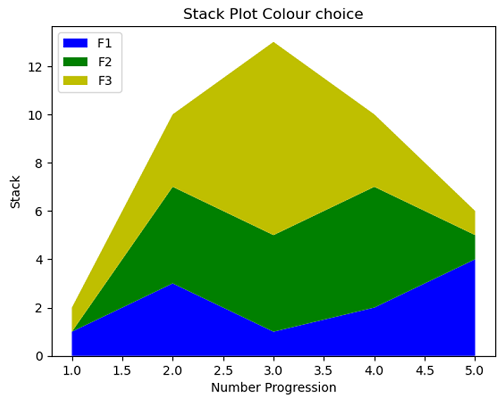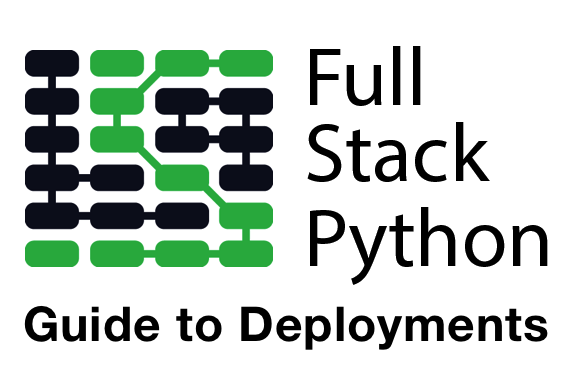
How does the numpy reshape() method reshape arrays? Have you struggled understanding how it works or have you ever been confused? This tutorial will walk you through reshaping in numpy. It takes me many hours to research, learn, and put together tutorials. Consider being a patron and supporting my work?ĭonate and become a patron: If you find value in what I do and have learned something from my site, please consider becoming a patron. This tutorial is also available on Medium, Towards Data Science.
Np stack python code#
Get source code for this RMarkdown script here. Create a 3D array by stacking the arrays along different axes/dimensions.Concatenate/stack arrays with np.stack() and np.hstack().Flatten/ravel to 1D arrays with ravel().Use reticulate R package to run Python in R.Consider being a patron and supporting my work?.NumPy: Insert elements, rows, and columns into an array with np.Use np.insert() to insert at an any position, not at the beginning or the end.

This function has been added since NumPy version 1.10.0. For details, refer to the official documentation below. This function joins the sequence of arrays along a new axis. 2-D arrays are stacked as-is, just like with hstack function. Other methods like np.r_ and np.c_ will not be discussed here. lumnstack () function is used to stack 1-D arrays as columns into a 2-D array.It takes a sequence of 1-D arrays and stack them as columns to make a single 2-D array. In most cases, np.concatenate() and np.stack() can handle your needs, but it is helpful to remember np.block(), np.vstack(), and np.hstack(), particularly for 2D arrays. Syntax: lumnstack (tup) Parameter: Return value: stacked : 2-D array The array formed by stacking the given arrays. If the input arrays are 1-D, then they will be converted to 2-D arrays first. For example, np.concatenate() is used to concatenate 2D arrays vertically and horizontally, while np.stack() is used to stack 2D arrays to create a 3D array. The lumnstack () function takes a sequence of 1-D or 2-D arrays and stacks them as columns into a 2-D array. Np.concatenate() concatenates along an existing axis, whereas np.stack() concatenates along a new axis.

Unlike the concatenate () function, the stack () function joins 1D arrays to be one 2D array and joins 2D arrays to be one 3D array. Concatenate horizontally with np.hstack() Introduction to the NumPy stack () function The stack () function two or more arrays into a single array.Concatenate vertically with np.vstack().It stacks a sequence of two or more arrays into a single NumPy array. This process is similar to concatenate arrays along the second axis, except for 1-D arrays where it concatenates along the first axis. Concatenate with a specified arrangement with np.block() NumPy hstack () function in Python is used to stack or concatenate arrays in sequence horizontally (column-wise).Concatenate along a new axis with np.stack().Specify the list of arrays to be concatenated.

tup : sequence of ndarrays Tuple containing arrays to be stacked.

This article explains the following contents. lumnstack () function is used to stack 1-D arrays as columns into a 2-D array.It takes a sequence of 1-D arrays and stack them as columns to make a single 2-D array. This is equivalent to concatenation along the second axis, except for 1-D arrays where it concatenates along the first axis. In NumPy, several functions are available for concatenating multiple arrays. numpy.hstack numpy.hstack(tup,, dtypeNone, casting'samekind') source Stack arrays in sequence horizontally (column wise).


 0 kommentar(er)
0 kommentar(er)
